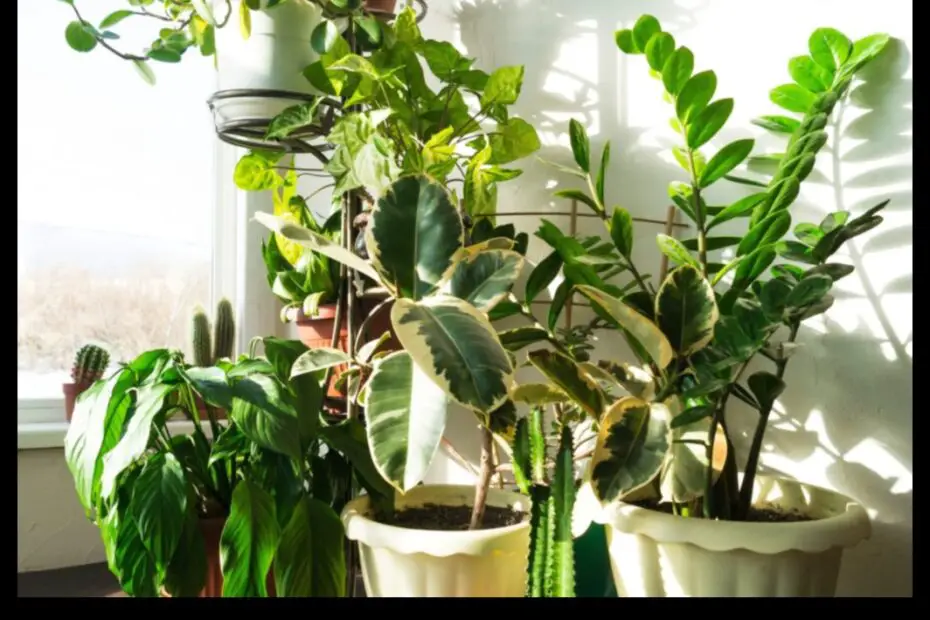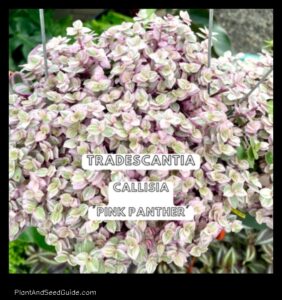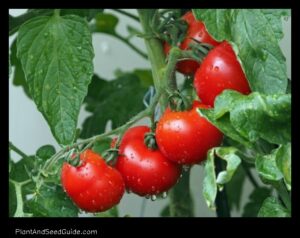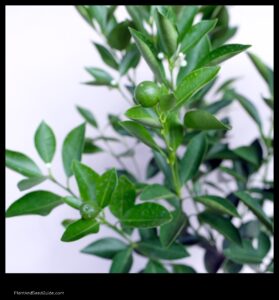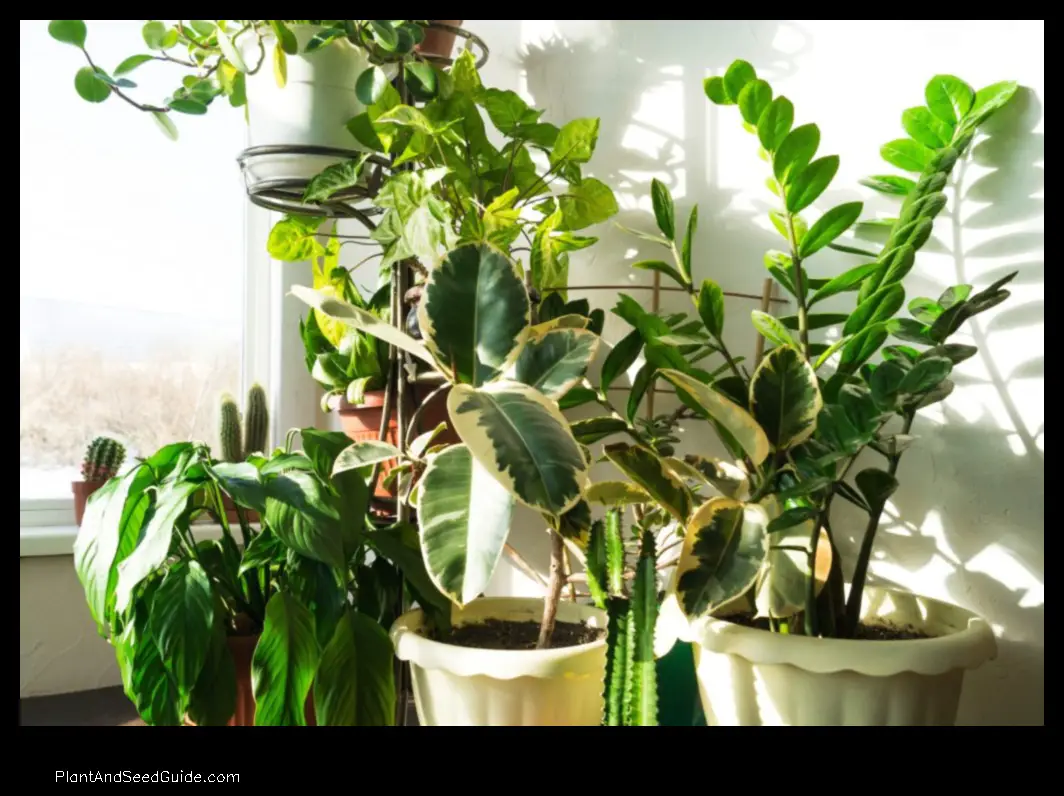
</p>
How to Take Care of a Tropical Plant
Tropical plants are a beautiful addition to any home, but they can be challenging to care for if you don’t know what you’re doing.
This guide will provide you with all the information you need to keep your tropical plants healthy and thriving..
Tropical plants are plants that are native to tropical regions of the world. They are typically characterized by their lush foliage, bright flowers, and warm-weather requirements. While some tropical plants can be grown outdoors in warm climates, most are best suited for indoor cultivation.
Choosing the Right Tropical Plants
The first step to caring for a tropical plant is choosing the right one for your home. There are many different types of tropical plants to choose from, so it’s important to do your research and find one that will thrive in your environment.
When choosing a tropical plant, you should consider the following factors:
- Light requirements
- Water requirements
- Temperature requirements
- Pest and disease resistance
Once you’ve considered these factors, you can start narrowing down your choices. There are many great resources available online and at your local nursery to help you find the perfect tropical plant for your home.
Soil and Watering
The type of soil and watering schedule you use for your tropical plants will depend on the specific plant. However, there are some general guidelines that you can follow.
Most tropical plants prefer well-draining soil that is rich in organic matter. You can create your own potting mix by mixing equal parts of potting soil, compost, and perlite.
Tropical plants need to be watered regularly, but it’s important not to overwater them.
If the soil is dry to the touch, it’s time to water your plants.The best way to determine when to water your plants is to stick your finger into the soil..
Light and Temperature
Tropical plants need plenty of light to thrive. However, the amount of light they need will vary depending on the specific plant. Some tropical plants, such as ferns, prefer indirect light, while others, such as orchids, can tolerate direct sunlight.
Most tropical plants prefer warm temperatures. The ideal temperature range for tropical plants is between 65 and 85 degrees Fahrenheit. However, some tropical plants, such as bromeliads, can tolerate cooler temperatures.
Fertilizer and Pest Control
Tropical plants need to be fertilized regularly to maintain their health. The best time to fertilize your plants is during the growing season, which is typically spring and summer. You can use a balanced fertilizer, such as a 10-10-10 fertilizer, or a fertilizer specifically formulated for tropical plants.
Tropical plants can be susceptible to pests, such as aphids, mealybugs, and scale. If you notice any pests on your plants, you can treat them with a mild insecticidal soap or neem oil.
Propagation and Repotting
Tropical plants can be propagated by seed, division, or cuttings. Seed propagation is the most common method, but it can be time-consuming. Division and cuttings are faster methods, but they require more skill.
When your tropical plants outgrow their pots, it’s time to repot them. The best time to repot your plants is in the spring or summer. When repotting, choose a pot that is only slightly larger than the current pot.
Diseases and Problems
Tropical plants can be susceptible to a variety of diseases, such as root rot, leaf spot, and powdery mildew. If you notice any signs of disease on your plants, you should isolate them from your other plants and treat them with a fungicide.
Care for Indoor Tropical Plants
Indoor tropical plants need to be protected from the cold, drafts, and direct sunlight. The best place to keep your indoor tropical plants is in a bright, warm room with indirect sunlight
| Feature | Description |
|---|---|
| Tropical plant care | How to care for tropical plants, including watering, fertilizing, and pruning |
| Indoor tropical plants | Types of indoor tropical plants, and how to care for them |
| Watering tropical plants | How often to water tropical plants, and how to water them properly |
| Fertilizing tropical plants | How to fertilize tropical plants, and how often to fertilize them |
| Pruning tropical plants | How to prune tropical plants, and when to prune them |
IChoosing the right tropical plants
When choosing the right tropical plant for your home, there are a few factors to consider.
First, consider the size of the plant. Some tropical plants can grow very large, so it’s important to make sure you have enough space for the plant to grow.
Second, consider the light requirements of the plant. Some tropical plants need a lot of sunlight, while others can tolerate low light conditions.
Third, consider the water requirements of the plant. Some tropical plants need to be watered frequently, while others can tolerate dry conditions.
Finally, consider the temperature and humidity requirements of the plant. Some tropical plants can tolerate a wide range of temperatures and humidity levels, while others are more sensitive to these conditions.
Once you have considered these factors, you can start to narrow down your choices and find the perfect tropical plant for your home.
Soil and watering
The type of soil and watering schedule you provide your tropical plants will depend on the specific plant’s needs. Some tropical plants prefer well-drained soil, while others do better in moist soil. Similarly, some plants need to be watered frequently, while others can tolerate dry conditions.
When choosing a soil for your tropical plants, it is important to select a mix that is well-draining and airy. This will help to prevent the roots from becoming waterlogged and rotting. You can make your own soil mix by combining equal parts of potting soil, perlite, and sand.
Watering your tropical plants is also important, but it is important to avoid overwatering. Most tropical plants prefer to be watered when the top inch of soil is dry. However, some plants, such as ferns, need to be kept moist at all times.
To determine if your plant needs water, stick your finger into the soil.
Be sure to water your plant until the water drains out of the drainage holes in the bottom of the pot.If the soil is dry to the touch, it is time to water your plant..
Light and temperature
Tropical plants need a lot of bright light, but not direct sunlight. The best place for a tropical plant is in a spot that gets filtered sunlight or dappled shade. If you don’t have a spot like this, you can use a grow light to supplement the natural light.
Tropical plants also need warm temperatures. The ideal temperature range for most tropical plants is between 65 and 85 degrees Fahrenheit. If the temperature drops below 55 degrees Fahrenheit, your plant may start to suffer.
If you live in a cold climate, you can bring your tropical plants indoors during the winter months. You can also grow tropical plants in a greenhouse or conservatory.
Fertilizer and pest control
Fertilizing your tropical plants is important to help them grow and stay healthy. The best time to fertilize your plants is in the spring and summer, when they are actively growing. You can use a balanced fertilizer, such as 10-10-10, or a fertilizer specifically formulated for tropical plants. Follow the directions on the fertilizer label for how much to use and how often to fertilize.
Pests can be a problem for tropical plants, especially in warm, humid environments. Common pests include aphids, mealybugs, spider mites, and scale insects. If you notice any pests on your plants, you can treat them with a commercial insecticidal soap or neem oil.
VPropagation and repotting
Propagation is the process of creating new plants from existing plants. There are a few different ways to propagate tropical plants, but the most common methods are:
- Stem cuttings
- Leaf cuttings
- Air layering
- Division
Each method has its own advantages and disadvantages, so you should choose the method that is best suited for the plant you are propagating.
Stem cuttings are taken from the stem of a healthy plant.
The cutting is then placed in a pot of moist soil and kept in a warm, sunny location. The cutting will eventually root and form a new plant.The cutting should be about 4-6 inches long and have at least two or three leaves..
Leaf cuttings are taken from the leaves of a healthy plant. The leaf should be about 2-3 inches long and have a healthy node. The leaf is then placed in a pot of moist soil and kept in a warm, sunny location. The leaf will eventually form a new plant.
Air layering is a method of propagating plants that involves wounding the stem of a healthy plant and then covering the wound with moist sphagnum moss. The moss will eventually form roots, and the new plant can then be removed from the parent plant.
Division is a method of propagating plants that involves dividing a mature plant into two or more smaller plants. The plants are then replanted in separate pots.
Repotting is the process of moving a plant to a larger pot. This is done when the plant has outgrown its current pot and needs more space to grow.
When repotting a plant, it is important to choose a pot that is only slightly larger than the current pot. The new pot should also have drainage holes to prevent the roots from sitting in water.
To repot a plant, carefully remove it from its current pot and loosen the roots. Place the plant in the new pot and fill in around the roots with soil. Water the plant thoroughly and place it in a warm, sunny location.
Diseases and problems
Tropical plants can be susceptible to a variety of diseases and problems, including:
- Leaf spot
- Powdery mildew
- Rust
- Fungus gnats
- Mealybugs
- Spider mites
If you notice any of these problems, it is important to take steps to correct them as soon as possible. For more information on how to identify and treat diseases and problems, please consult with a qualified horticulturist.
Care for indoor tropical plants
Indoor tropical plants can add a touch of the tropics to any home, but they can also be challenging to care for. Here are some tips for caring for indoor tropical plants:
- Choose the right plant for your location. Some tropical plants are more tolerant of dry air and low light than others.
- Provide your plant with the right amount of light. Most tropical plants need bright, indirect light, but some can tolerate direct sunlight.
- Water your plant regularly, but don’t let it sit in water. The soil should be moist but not soggy.
- Fertilize your plant regularly with a balanced fertilizer.
- Prune your plant as needed to keep it healthy and attractive.
- Watch for signs of pests and diseases and treat them promptly.
By following these tips, you can help your indoor tropical plants thrive.
Care for outdoor tropical plants
Outdoor tropical plants need a lot of sunlight, so it’s important to choose a spot in your yard that gets plenty of sun.
Water your plants regularly, but make sure not to overwater them. Fertilize your plants once a month with a balanced fertilizer.The soil should be well-drained and rich in organic matter..
Some common outdoor tropical plants include:
Outdoor tropical plants can add a lot of beauty and interest to your yard, and they’re relatively easy to care for. Just make sure to give them the right conditions, and they’ll thrive for years to come.
FAQ
Q: What is the best way to water a tropical plant?
A: Water your tropical plants deeply and infrequently. Allow the soil to dry out completely between waterings.
Q: What is the best light for a tropical plant?
A: Tropical plants need bright, indirect light. Avoid direct sunlight, which can scorch their leaves.
Q: What is the best fertilizer for a tropical plant?
A: Use a balanced fertilizer that is high in nitrogen and potassium. Fertilize your plants monthly during the growing season and every other month during the winter.
- Wild Rose Country: Exploring Untamed Beauty - July 15, 2024
- Wildflower Nursery Decor: Bringing Nature Indoors - July 15, 2024
- Young Sprout of Grass: Nurturing New Life - July 15, 2024
